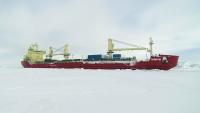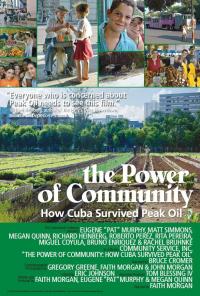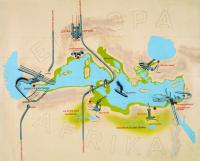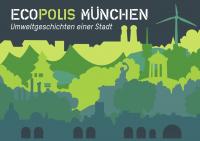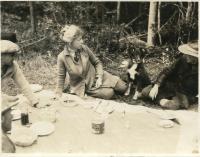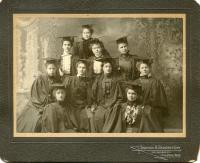Show search results for
- (-) Remove Virtual Exhibitions filter Virtual Exhibitions
Histories of Transitions | Energy Transitions
In this chapter of the virtual exhibition “Energy Transitions,” historian Nuno Luís Madureira argues that the study of such transitions itself has gone through changes over the course of history.
Contrasting Transitions | Energy Transitions
In this chapter of the virtual exhibition “Energy Transitions,” historian Nuno Luís Madureira writes about different kinds of energy-regime shifts and their preconditions.
Imagining Transitions | Energy Transitions
In this chapter of the virtual exhibition “Energy Transitions,” historian Nuno Luís Madureira discusses the drivers of future transitions in the light of past ones.
Beyond the Exhibition | Ecopolis München
What is Particular about Munich’s Environment?
Mountains, Glaciers, and Climate | Human-Nature Relations in German Literature: A Curated Stroll
In this chapter of her virtual exhibition, “Human-Nature Relations in German Literature,” Sabine Wilke examines mountains and glacial environments in German-language literary descriptions. Whereas the German Romantic poets still highlighted mountainous nature as deeply ambiguous, Goethe’s Faust tried to understand mountainous nature in its materiality through scientific studies. Modernism focuses on the more often destructive results of human-nature entanglements. For the German-language version of this exhibition, click here.
Introduction | MB Williams
This exhibition chapter introduces Mabel “MB” Williams, an extraordinary, ordinary woman who became devoted to national parks and engendered that devotion in others. Historian Alan MacEachern documents her role in shaping the philosophy of Canada’s Dominion Parks Branch (the precursor to Parks Canada) in the early- to mid-twentieth century.
Becoming MB | MB Williams
Joining the Dominion Parks Branch on its first day of operation in September 1911 did more than mean Mabel Williams would be a witness to history; meant she would be a participant. She played a key role in developing and communicating a philosophy for national parks in Canada.


